The History of the Future
by Ken Smith
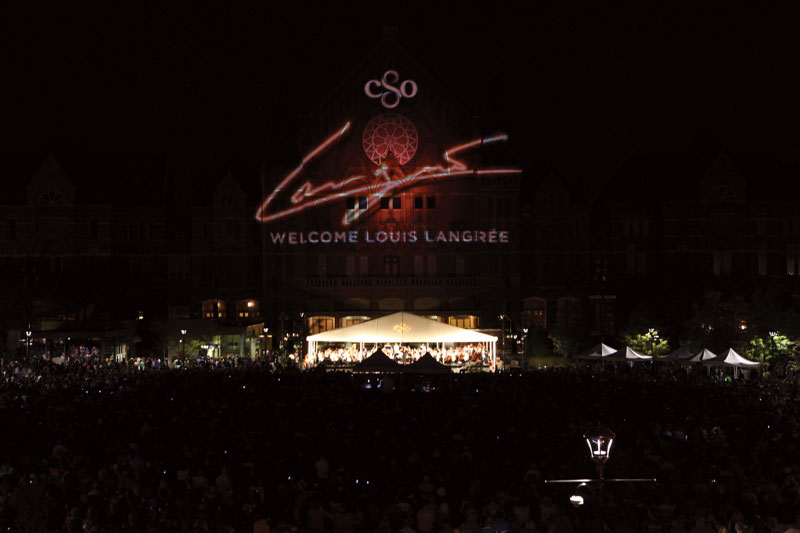
Louis Langrée opens his final season as Music Director of the Cincinnati Symphony Orchestra much as he did his first: with a performance of Aaron Copland’s Lincoln Portrait, flanked by pieces showcasing the CSO at its best. Back then, it was Beethoven’s Fifth Symphony and the world premiere of Jennifer Higdon’s On a Wire; this time around, it’s two Bernstein favorites and a rare performance of Florence Price’s Symphony No. 1.
Celebrating “the history of the future,” as Langrée calls it, has long been the core of the CSO’s identity, with Lincoln Portrait being a prime example. Although he later led the piece with the CSO in London, San Sebastian, Edinburgh and Paris (with its narration translated into French), Langrée’s first time conducting the work was on the Music Hall stage. At that performance, the narrator was the celebrated poet Dr. Maya Angelou; this time, Langrée will be working with the legendary actor and activist George Takei, “whose battles for justice and humanity set an example for us all,” Langrée notes.
For Langrée, though, the real star remains the Orchestra itself. “It was thrilling to conduct that piece where it first appeared, with the successors of the musicians who premiered it,” he says.
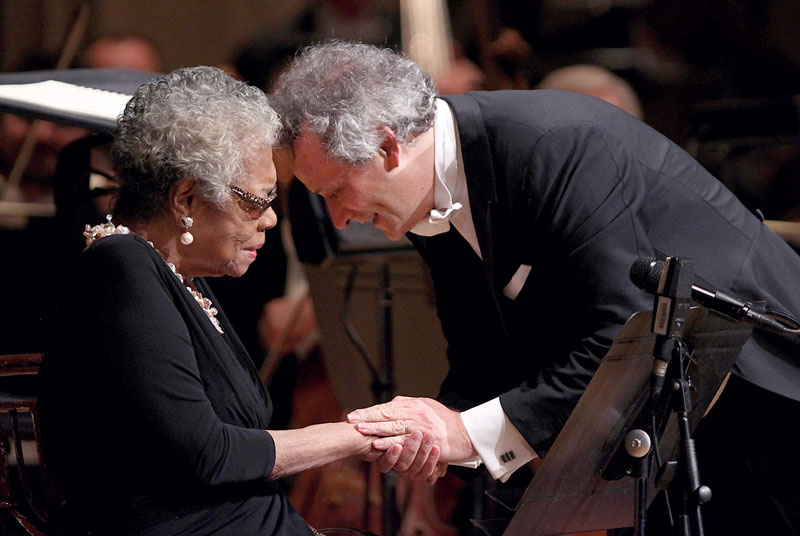
Like many fruitful relationships, though, this one took time to grow. From the moment previous CSO Music Director Paavo Järvi had announced his departure, Langrée’s name surfaced as a potential successor. But he had not yet conducted the Orchestra, nor was Langrée, happily leading Lincoln Center’s Mostly Mozart Orchestra, particularly looking for a job.
Within a year, however, Langrée made his first appearance with the CSO leading Brahms’ First Symphony in a performance both conductor and musicians still vividly recall. “There was great clarity, an almost vertical conception of the sound,” Langrée says. “But none of that vertical precision sacrificed the horizontal shape or phrasing. At our very first rehearsal, I felt we were speaking the same musical language.”
Patrick “Pat” Schleker, the CSO timpanist during that performance, gives Langrée much of the credit. “Underneath these long solos, the timpani and the violas have maybe six notes to every one of theirs, so we need to pace ourselves,” he says. “Louis conducted the soloists with his right hand and pointed at me or the strings with his left, which made us all listen to each other.”
“There was something about his generosity and respect for the Orchestra that was immediately clear,” says former CSO Concertmaster Tim Lees. “Whether or not he was on our initial list, he rose pretty quickly after that.”
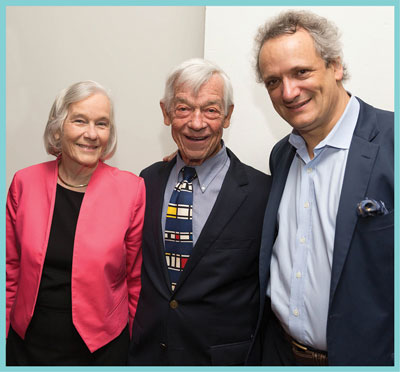
“We started with at least 75 names,” says Ann Santen, who led the search committee to find Järvi’s successor. “It wasn’t so much choosing as eliminating. Some conductors were interested, but had a family in Europe. Others the Orchestra loved were absolutely hopeless in the administrative side of the job. So as other people dropped off, Louis kept looking stronger and stronger.”
As the dating continued, both sides did due diligence. Search committee members shadowed Langrée at The Metropolitan Opera and the St. Louis and Detroit symphonies, speaking with musicians he’d conducted. Langrée, for his part, turned up in Cincinnati unannounced to get his own feel for the city and the Orchestra. Langrée remained among the final candidates when then-CSO president Trey Devey formally offered him the position backstage after a performance at Paris’ Théâtre des Champs-Élysées.
“Generally, people choose conductors either because they’re young and promising, or old and experienced,” says Langrée. “Sometimes a conductor has a record label, or other advantages. The only thing we had to talk about was what kind of things we wanted to do together.”
For the Orchestra, the change on the podium was immediately palpable. “Paavo was a very demanding technician, with a vivid idea of what he wanted,” says Lees, whose 20 years as CSO concertmaster overlapped both conductors. “He’d almost micromanage the way every ‘t’ got crossed and every ‘i’ dotted. Then Louis came in and started talking about things like sound and color, and let individual players take charge. By then, the Orchestra was so secure technically that we were yearning for that kind of inspiration.”
“That doesn’t mean I don’t know what I want,” says Langrée, explaining his approach, “but I feel the need to include the musicians. For me, the more you know a piece, the more open you can be to what others have to offer. Everyone talks about what the conductor wants, less so about what the musicians want. Music directors come and go, but the musicians are the true owners of an orchestra’s tradition.”
Once past the initial honeymoon, the relationship experienced a few early hiccups. “Orchestras don’t usually like to hear conductors talk,” Santen says of those early rehearsals, “and Louis was also very self-conscious about his accent. I’d tell him, ‘Louis, don’t worry. We’re paying you extra for that.’”
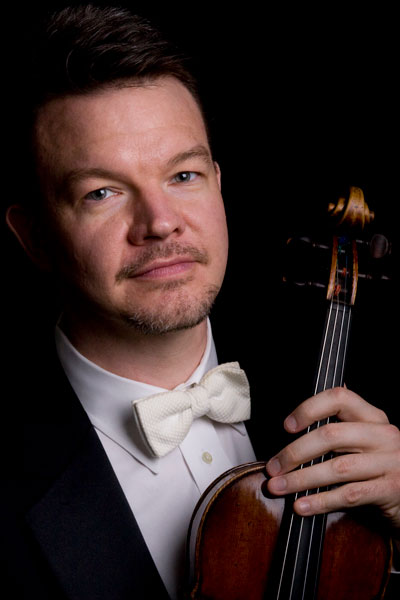
“Early on, he’d rely on those of us in front to translate or help him find the right word,” Lees recalls. “He always knew what he was trying to say, and he’d get about 80 percent of it in English. Over time, he grew more comfortable with the language, and we just became used to this being part of his process.”
Santen also recalls Langrée’s early reticence, trying to maintain professional distance by referring to musicians by their instrument. “I said, ‘Louis, those people have names,’” she says. “But the thing was, he knew absolutely everyone there already.” Langrée takes it a step further: “Whenever I study a new piece for another orchestra, I look at the score and hear the CSO musicians.”
Soon, the Orchestra also became aware that “the Mostly Mozart guy” had many interests outside the standard repertory, which smoothly merged into the CSO’s musical byroads. “I’d conducted new pieces before, of course,” Langrée says. “But the dedication to new music in Cincinnati—not just with musicians but with audiences—was a true inspiration.”
So, too, did Langrée’s early decision to move his family to Cincinnati reveal a strong commitment to the city. For Santen, the mutual embrace between conductor and community became clear about a year later when he conducted the Orchestra at Walnut Hills High School, where both of his children were playing in the violin section. “For me,” Langrée says, “I really felt I was part of the community when people stopped saying, ‘Welcome to Cincinnati!’”
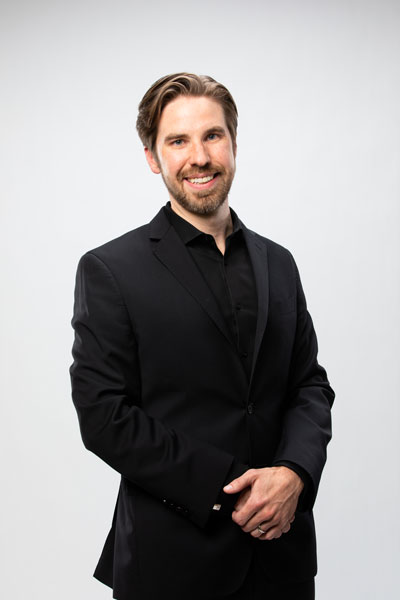
“Never once, in dealing with the community, did I see him put on the ‘maestro’ shirt,” Santen claims. Schleker likewise noted Langrée’s nature on the podium. “Louis is the most humble music director I’ve ever known,” he says. “Often, when audiences are clapping at the end of a piece, he’ll hold up the score as if to say, this is the real genius you’re applauding.”
Now, after 10 years, with orchestra and leader in their prime comfort zone, the relationship draws to a close. “A musician once told me that the ideal music director is the exact opposite of the one you have—and there’s a certain truth in that,” Langrée says. “One of the CSO’s greatest attributes was that every music director was different from his predecessors. Once musicians completely ingest one conductor’s musical values, they need someone who will infuse them with something completely different.
“Basically, when you stop in a rehearsal and the musicians already know what you’re going to say, it’s time to leave,” he maintains. “The CSO now needs someone with a new flavor, a new style. And because they’re strong and healthy, they’ll absorb that, too, without losing their balance.”